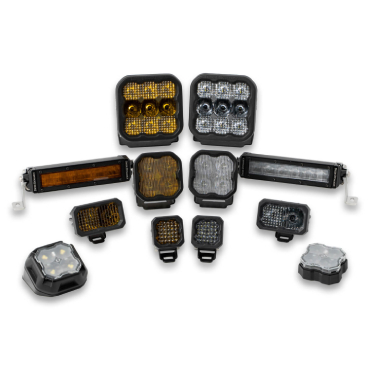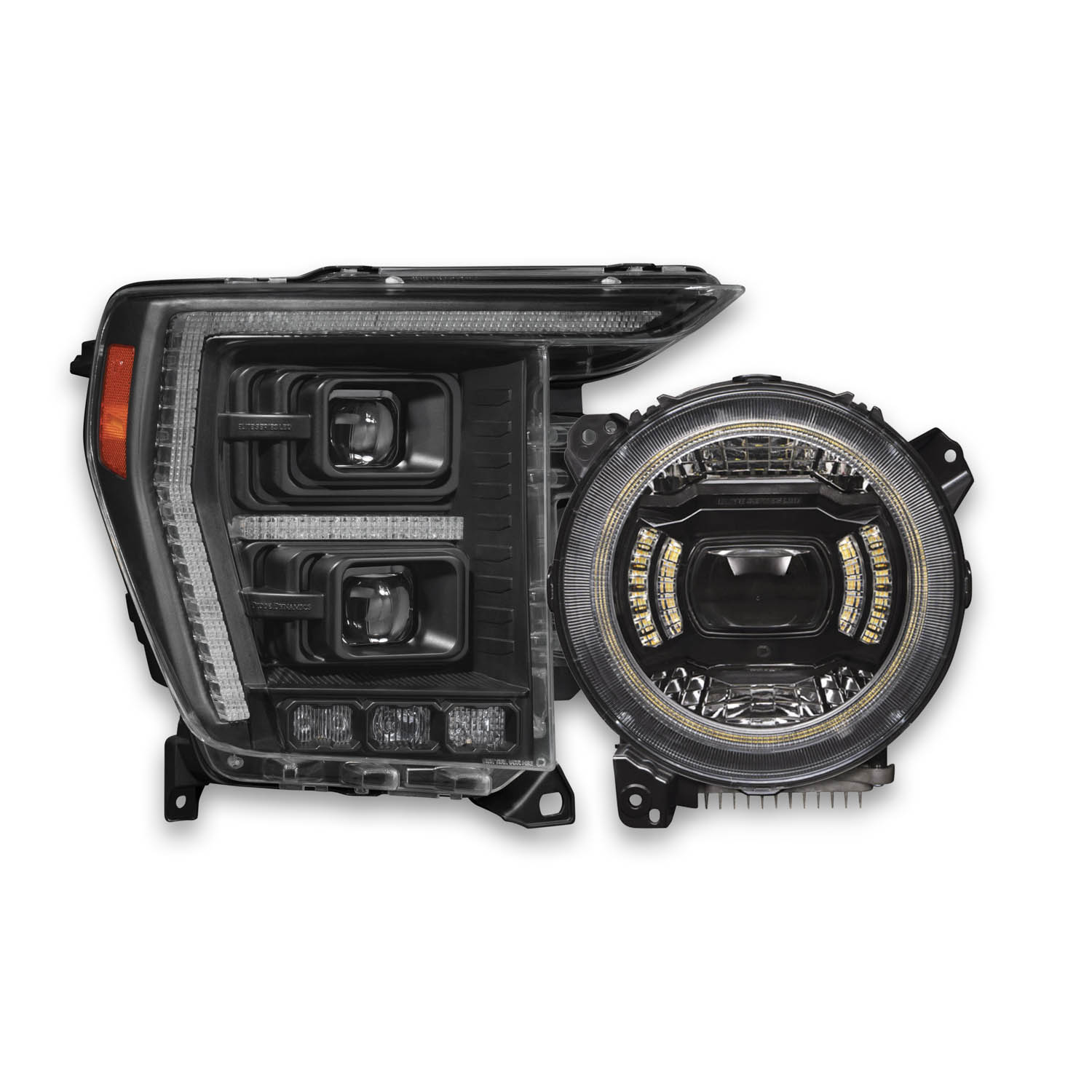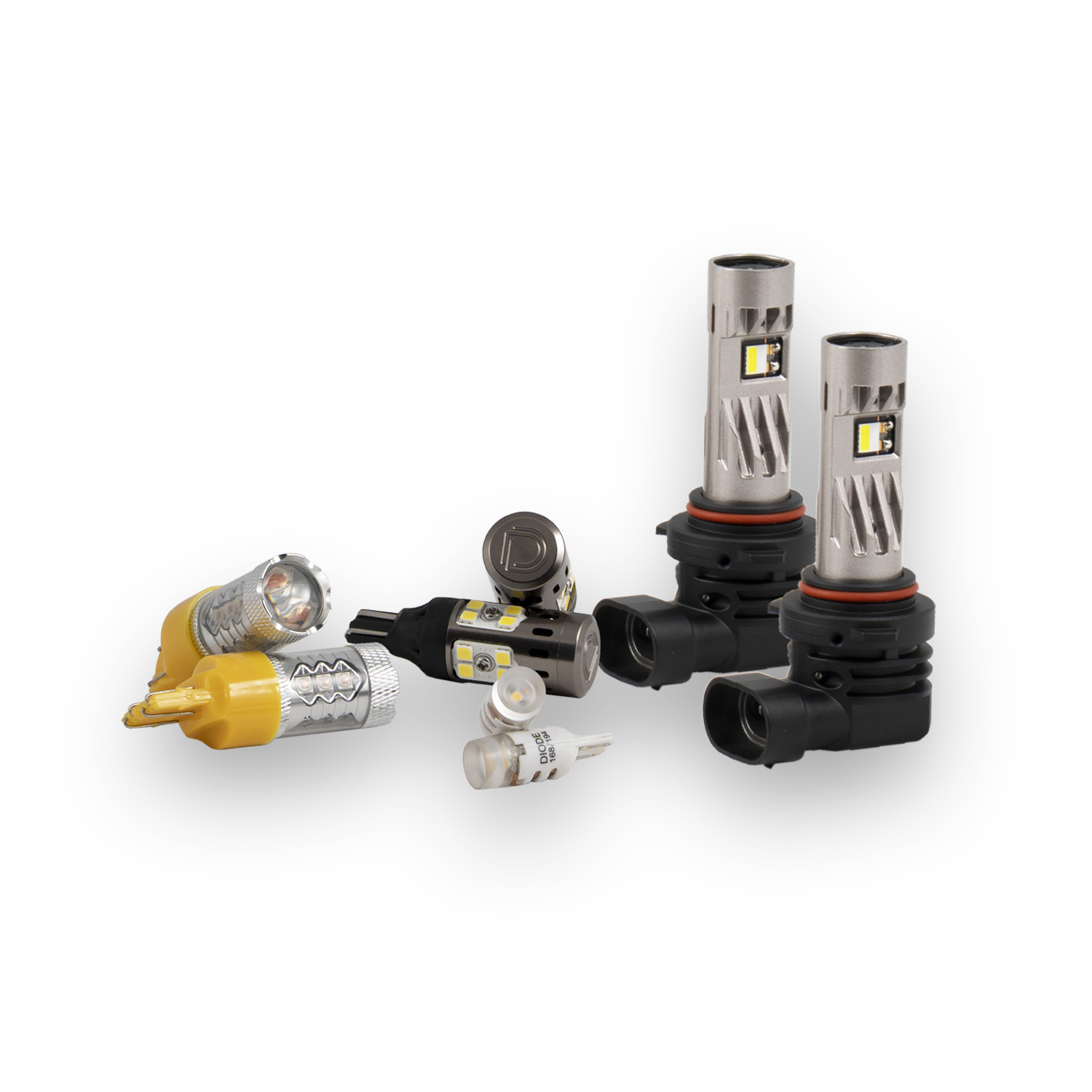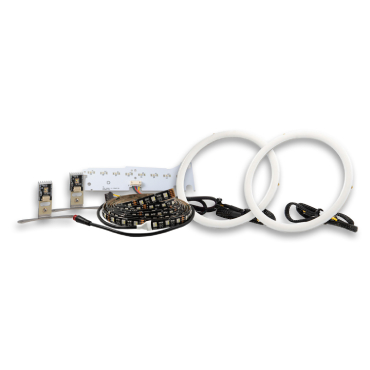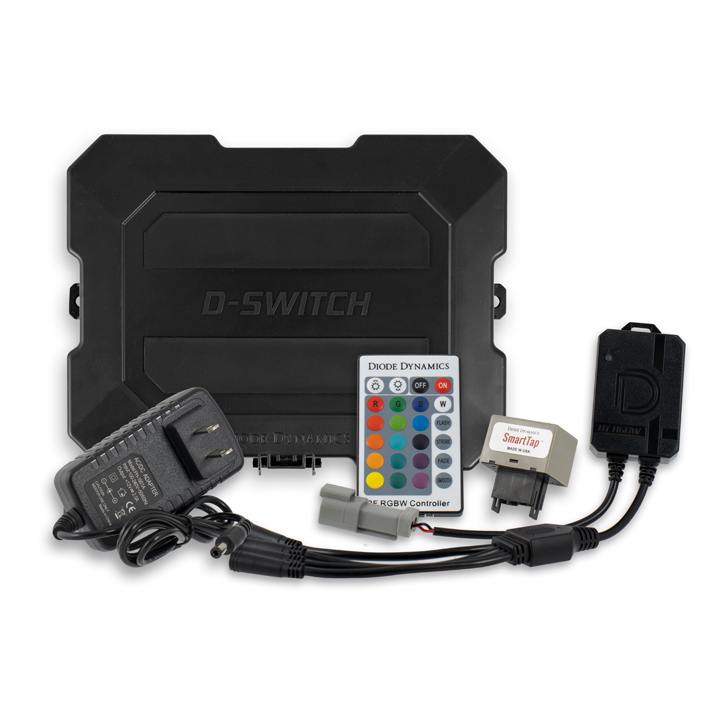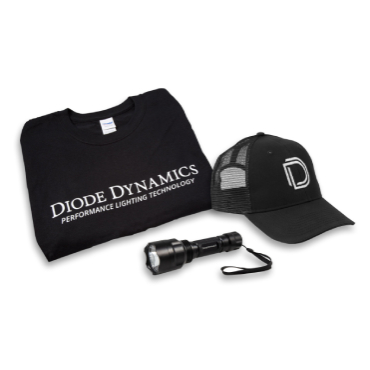Product Testing
At Diode Dynamics, we regularly test our own products, as well as products from other brands and suppliers, to provide data to you as the consumer.
We complete the majority of our product testing in our own in-house lab, which is controlled within the standards of our ISO 9001:2015-certified quality management system. All testing equipment is calibrated regularly and is capable of providing results which are in accordance with relevant regulatory and industry standards. Occasionally, we also utilize qualified third-party laboratories to validate or measure products as well.
With lighting products, the most common measurements we collect are as follows. You can learn more about what these terms are in this video.
- Luminous Flux (lumens): This is the total amount of visible light coming from a light source, and shining in all directions. It is generally considered the best way to determine total "brightness." We collect this measurement with an integrating sphere and spectroradiometer, which is regularly calibrated against a NIST-traceable light source. Measurements are taken both at initial activation of a light source, and because most LED sources graudally decrease in output as they warm up, we also measure after the light source is stable in temperature and output, which usually takes 20-30 minutes in a 25°C environment. Unless otherwise stated, this "stabilized" lumen measurement value is the one reported in our content and product specifications.
- Illuminance (lux): This is how much light hits a specific target in the distance. We measure this by using a handheld lux meter in a darkened room, or by using a lux meter inside a dark tunnel. The amount of light that reaches a target is inversely related to how far the light is shining. For this reason, illuminance, in lux, is always reported with the distance the light is shining. For example, "200 lux at 25 feet."
- Intensity (candela): This is how much light shines from a light source in a specific direction. This may be reported as the single maximum intensity value observed across the entire beam pattern, or specifically, the "Maximum Intensity." To find this value, we shine a lamp in a specific direction, and use a light meter to determine how much light is shining towards a specific point. By taking this measurement at a fixed distance, we can mathematically convert it to find the intensity. To automatically measure intensity in every direction light is shining, we use a tool called a goniometer, which automatically points the light source in different directions to measure thousands of individual datapoints. By plotting each datapoint, we can generate a visual representation of the various levels of intensity shining from a lamp. This plot of intensity values, called an isocandela chart, is generally considered the best way to represent how a lamp shines light across an entire "beam pattern." The goniometer and its related equipment is regularly calibrated, and located in a darkroom to capture consistent and repeatable measurements. Just like lumens, unless otherwise stated, these measurements are taken after the light source is warmed up and operating at a stable level in a 25°C room. You can see the process for this measurement here.
We work to provide consistent, repeatable, and accurate measurements in all product specifications and marketing content. If you have questions or concerns about our testing procedures, the data we have reported, or if you would like more information about any specific test or measurement, please contact us at contact@diodedynamics.com
